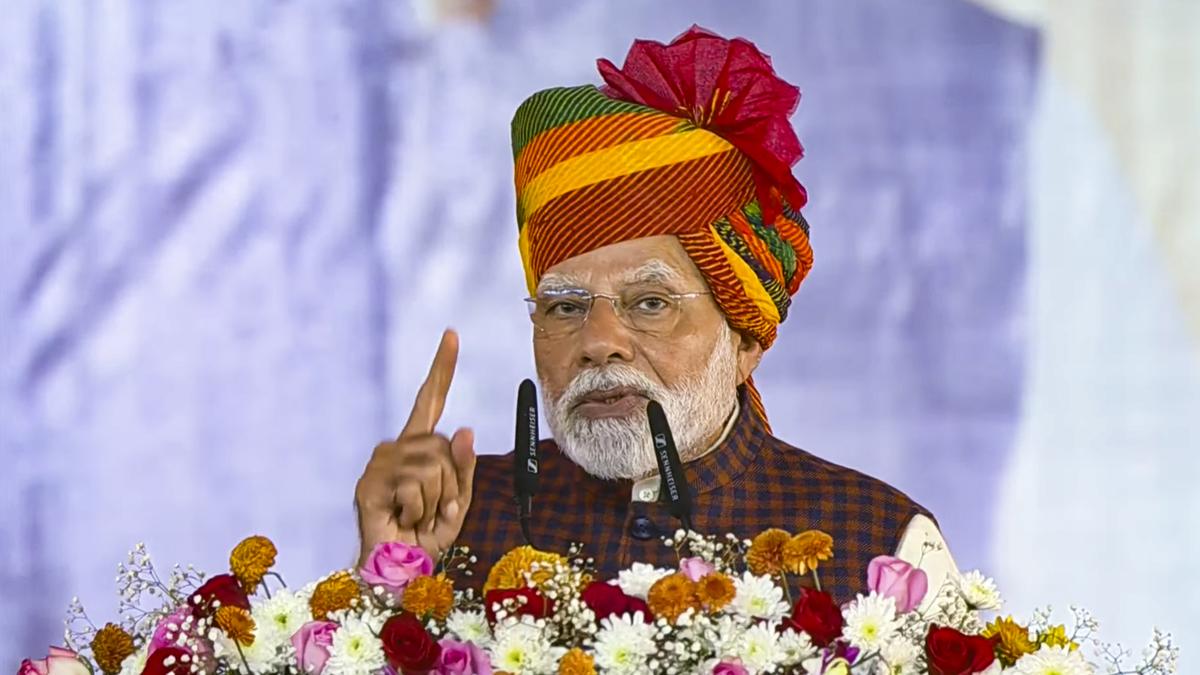NEW DELHI: A recent geospatial study conducted by the Bihar Heritage Development Society (BHDS) and Cardiff University has uncovered evidence suggesting the presence of significant archaeological wealth buried beneath the Mahabodhi temple complex and its surrounding areas in Bodh Gaya, Bihar.
According to Harjot Kaur Bamhrah, additional chief secretary of the art, culture and youth department, “The study has unearthed evidence of the presence of archaeological treasure beneath the soil of the UNESCO World Heritage site and its surrounding areas…It’s a huge architectural wealth that needs further excavation.”
The project, titled ‘Archaeology on the footsteps of the Chinese traveller Xuanzang‘, involves collaboration between the UK-based university and the BHDS.
M B Rajni, a faculty member from the Bengaluru-based National Institute of Advanced Studies and a project member, analysed satellite images of the Mahabodhi temple and its surroundings, attempting to correlate the findings with the descriptions provided by Xuanzang, a 7th-century Chinese translator monk.
The satellite images from recent years reveal an alignment of structures buried underground to the north of the temple. Notably, the images also show a shift in the course of the river Niranjana from east to west.
The latest findings suggest that the Mahabodhi temple, the Sujata Stupa, and other archaeological remains were once situated on the same river bank, indicating a strong possibility that the monuments and archaeological remains currently located east of the river were part of the Mahabodhi complex. The BHDS plans to initiate research to define the boundaries of the Mahabodhi complex based on these new insights.
Bijoy Kumar Choudhary, executive director of BHDS, elaborated on the findings, saying, “Our fresh study has revealed several findings that include to the north of the temple premises, a square monastery complex enclosed by a wall with a surrounding moat and an extended settlement to its north.” The square wall of the monastery complex, previously excavated by Alexander Cunningham in the 19th century, holds great potential for systematic excavation.
Rajni’s report further details the analysis of satellite imagery, identifying two concentric squares: an outer square enclosing 4.9 acres and an inner square enclosing 2.5 acres. The squares significantly overlap with the Samanvay Ashram, and the well observed by Cunningham at the centre of the monastery’s pillared court might correspond to one of the two wells located within the Ashram.
The southern boundary of the Ashram, marked by a compound wall on a raised ridge, aligns with the southern boundary of the outer square, suggesting the presence of buried remnants of an earlier wall.
According to Harjot Kaur Bamhrah, additional chief secretary of the art, culture and youth department, “The study has unearthed evidence of the presence of archaeological treasure beneath the soil of the UNESCO World Heritage site and its surrounding areas…It’s a huge architectural wealth that needs further excavation.”
The project, titled ‘Archaeology on the footsteps of the Chinese traveller Xuanzang‘, involves collaboration between the UK-based university and the BHDS.
M B Rajni, a faculty member from the Bengaluru-based National Institute of Advanced Studies and a project member, analysed satellite images of the Mahabodhi temple and its surroundings, attempting to correlate the findings with the descriptions provided by Xuanzang, a 7th-century Chinese translator monk.
The satellite images from recent years reveal an alignment of structures buried underground to the north of the temple. Notably, the images also show a shift in the course of the river Niranjana from east to west.
The latest findings suggest that the Mahabodhi temple, the Sujata Stupa, and other archaeological remains were once situated on the same river bank, indicating a strong possibility that the monuments and archaeological remains currently located east of the river were part of the Mahabodhi complex. The BHDS plans to initiate research to define the boundaries of the Mahabodhi complex based on these new insights.
Bijoy Kumar Choudhary, executive director of BHDS, elaborated on the findings, saying, “Our fresh study has revealed several findings that include to the north of the temple premises, a square monastery complex enclosed by a wall with a surrounding moat and an extended settlement to its north.” The square wall of the monastery complex, previously excavated by Alexander Cunningham in the 19th century, holds great potential for systematic excavation.
Rajni’s report further details the analysis of satellite imagery, identifying two concentric squares: an outer square enclosing 4.9 acres and an inner square enclosing 2.5 acres. The squares significantly overlap with the Samanvay Ashram, and the well observed by Cunningham at the centre of the monastery’s pillared court might correspond to one of the two wells located within the Ashram.
The southern boundary of the Ashram, marked by a compound wall on a raised ridge, aligns with the southern boundary of the outer square, suggesting the presence of buried remnants of an earlier wall.






